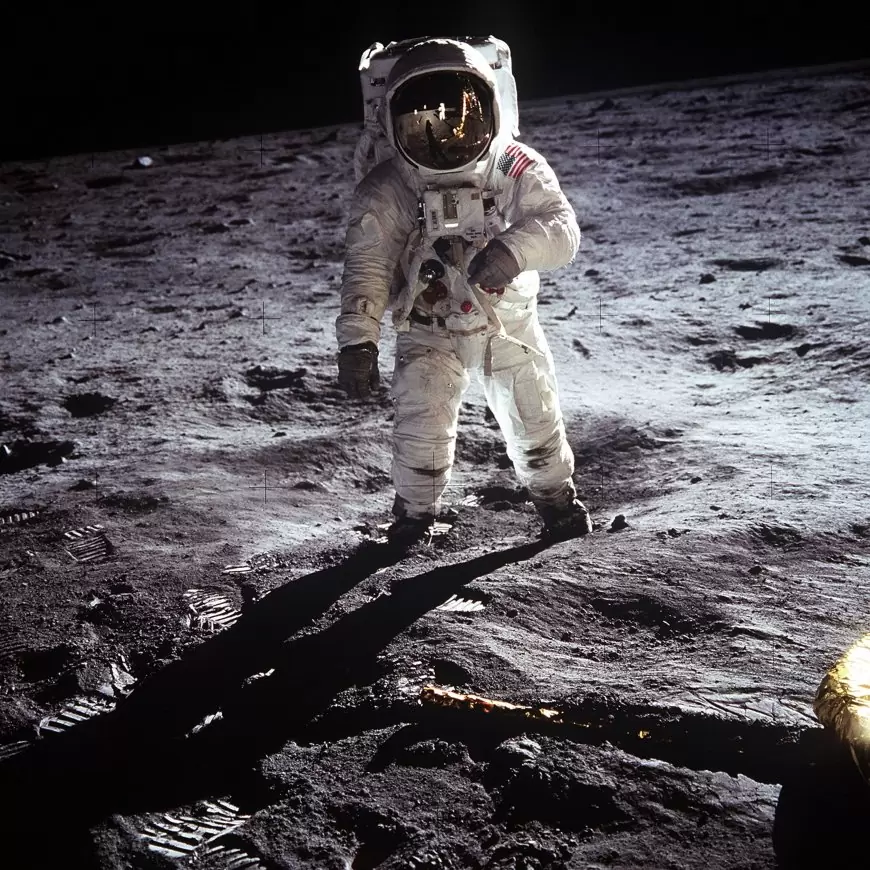Moon Missions Odyssey: Unveiling NASA's Lunar Exploits
Embark on a captivating lunar odyssey as we delve into NASA's moon missions, from the iconic Apollo 11 to the cutting-edge Artemis program. Uncover the triumphs, challenges, and scientific legacies that have shaped our understanding of the moon. Explore the cultural impact of these missions and catch a glimpse of the future with the Lunar Gateway Project. Join us on this cosmic journey, where each mission represents a unique chapter in humanity's quest for knowledge and exploration

Investigating the divine bodies has been a tenacious quest for humankind, and NASA, the very front space organization, has made a permanent imprint on lunar investigation. We go on a journey through NASA's moon missions in this article, delving into the mysteries, difficulties, and successes that have shaped our understanding of the moon.
Introduction
NASA has led the way in deciphering the mysteries surrounding the moon, which has long been a fascination for humans. Let's take a comprehensive look at the history of NASA's lunar missions, each of which is a distinct chapter in our cosmic exploration.
The Pioneer Mission
Apollo 11: The Monster Jump
In the mid year of 1969, mankind saw a stupendous accomplishment — the main human strides on the lunar surface. The Apollo 11 mission, with space travelers Neil Armstrong and Buzz Aldrin, made a permanent imprint on history as well as extended our logical comprehension of the moon.
Apollo 13: A Dangerous Trip Not all missions went as well as Apollo 11 did. A routine lunar mission turned into a fight for life and death when Apollo 13 ran into unexpected obstacles. NASA's inventiveness and determination saw the astronauts safely return to Earth in spite of the odds.
Apollo 15-17's Expansion Phase: Progressing Logical Wildernesses
As NASA acquired trust in lunar investigation, missions like Apollo 15-17 zeroed in on logical undertakings. Space explorers led broad investigations, giving vital bits of knowledge into lunar topography and preparing for future examination.
Lunar Door Task
Looking forward, the Lunar Door Task arises as a modern undertaking. Intended to be a vital stage for impending lunar missions, it stresses worldwide joint effort, displaying another time of worldwide participation in space investigation.
The Robotic Pioneers
Assessor Program
Before people set foot on the moon, NASA conveyed mechanical trailblazers as the Assessor program. These automated missions assumed a crucial part in exploring lunar territory, giving fundamental information to forthcoming monitored missions.
Artemis Program
Quick forward to the 21st hundred years, and NASA's Artemis program becomes the overwhelming focus. Artemis is a daring leap forward in lunar exploration and inclusion, with the goal of landing the first woman and the next man on the moon.
Challenges and Innovations
Lunar Residue and Versatility
While the moon's surface presented extraordinary difficulties, lunar residue stood apart as a huge impediment. Engineers needed to devise creative answers for guarantee versatility and hardware usefulness in the unforgiving lunar climate.
Correspondence Forward leaps
Correspondence among Earth and the moon introduced another obstacle. NASA's correspondence leap forwards kept space explorers associated as well as prepared for future interplanetary interchanges.

The Lunar Legacy
Logical Commitments
Past the verifiable and innovative viewpoints, NASA's moon missions have left an enduring logical inheritance. The information assembled from these missions keeps on molding how we might interpret the moon's set of experiences and its more extensive ramifications for space science.
Cultural Impact Moon missions have a profound cultural impact. From moving ages to affecting craftsmanship, writing, and our aggregate creative mind, these endeavors have become inseparable from human accomplishment and interest.
Conclusion
As we finish up our lunar odyssey through NASA's missions, it becomes apparent that these undertakings rise above logical investigation. They epitomize the human soul's steadfast journey for information, pushing the limits of what is conceivable and motivating ages to try the impossible.
FAQs (Frequently Asked Questions)
Q1. For what reason did NASA zero in on the moon?
NASA designated the moon for its vicinity and possible logical bits of knowledge, filling in as a venturing stone for more profound space investigation.
Q2. How did Apollo 11 change space investigation?
Apollo 11 denoted the main effective human arriving on the moon, adjusting the direction of room investigation and setting NASA's ability.
Q3. What is the meaning of the Artemis program?
Artemis plans to land the primary lady and the following man on the moon, underscoring inclusivity and propelling comprehension we might interpret lunar assets.
Q4. How does lunar residue influence investigation?
For successful lunar exploration, innovative engineering solutions are required because lunar dust hinders equipment and mobility.
Q5. What are NASA's lunar missions' next steps?
NASA's commitment to ongoing lunar exploration is demonstrated by the Artemis program and the Lunar Gateway Project, paving the way for future space endeavors.






